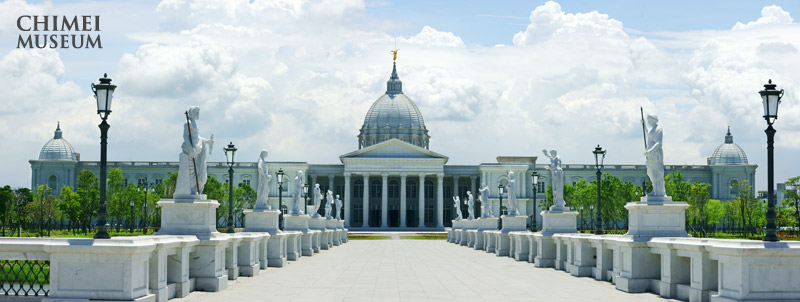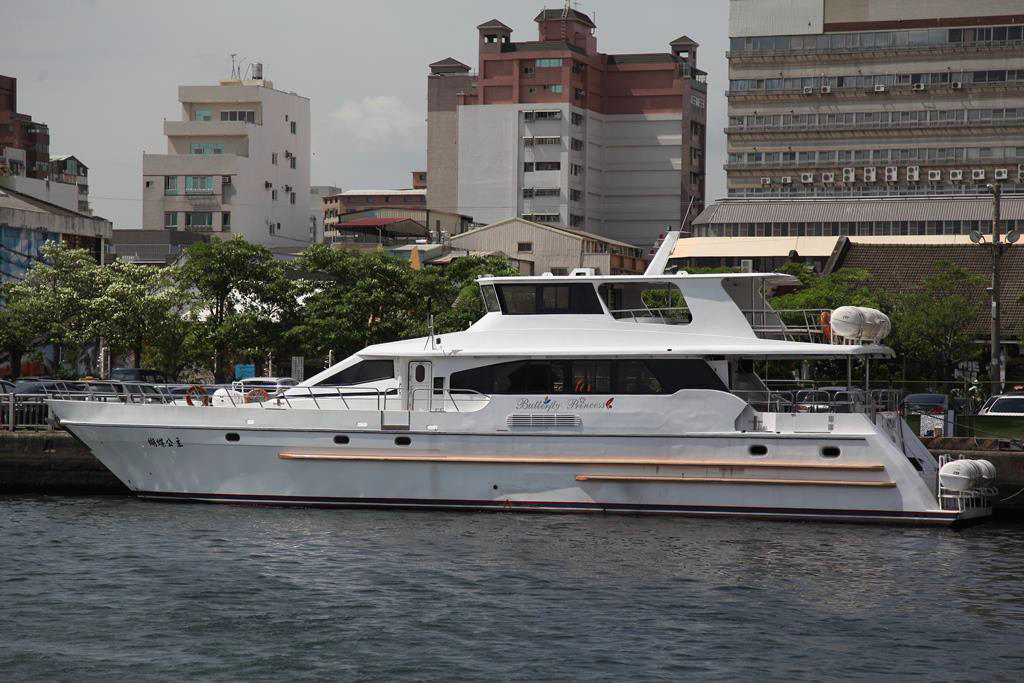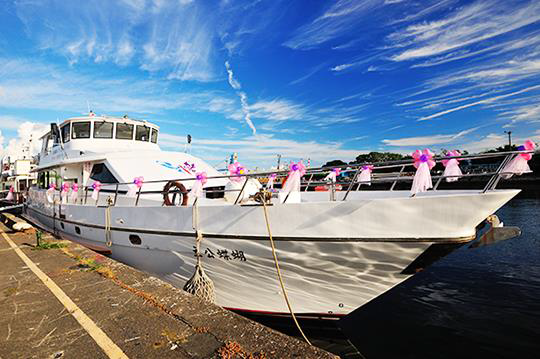Free Excursion
- Registration includes one of the following two free excursion options:
- Chimei Museum
- Port of Kaohsiung (Boat Tour)
Chimei Museum

Chimei Museum is a comprehensive museum with wide collections of Western art, musical instruments, weaponry and natural history, founded by Mr. Wen-Long Shi, Founder of the Chi Mei Group. The museum was first established and housed in the administration building of the Chi Mei Corporation in 1992, relocated to the Tainan Metropolitan Park in 2014, and reopened in 2015. The collection at Chimei Museum consists mainly of Western art, musical instruments, arms and armour, animal taxidermy and fossils, exhibiting approximately 4000 items, which is about one third of the complete Chimei collection.
For more details, visit Chimei Museum official website.
The Port of Kaohsiung (Boat Tour)

One hundred and forty years ago, Takao Customs was officially established. It was a milestone of Kaohsiung's development into a new era. Takao is the original name of Kaohsiung and came from the Pingpu tribe, the original inhabitants in Kaohsiung. During the Japanese Colonization Era, because some people thought the name was not elegant enough, Takao was renamed Kaohsiung, which has a similar pronunciation to Takao in Japanese. In the developing history of Kaohsiung, the Port is the most important of all. Compared with the development of other major cities in Taiwan, Kaohsiung developed later but expanded faster. The key for Kaohsiung to become the capital of south Taiwan is the Port.
In the early operating period of Kaohsiung Port, Tainan, being established at the same time, was much more prosperous than the little fishing port of Takao. Therefore, Tainan played the main role while Kaohsiung was second best. After Tainan Harbor silted up and resulted in difficulty anchoring, foreigners became in favor with Kaohsiung Port. Takao Customs and the British Consulate were established in 1864. After the completion of the British Consulate on the mountain of Hsitzuwan Beach in 1867, the Port gradually became the largest in the Southern Taiwan. With the operation of the port, many western imports such as religion and medicine began to be transmitted into the city, and offering Kaohsiung a new window to the world.
Kaohsiung Port began to operate in the last reign of Ching dynasty. Although it improved a lot at that time, the key for it to become the largest commercial port in the south is the all-out construction during the Japanese colonization. The natural conditions of Kaohsiung Port were good, but it was often choked up with silt. In 1895, the Japanese government occupied Taiwan, and began to deal with this problem. In 1908, the building port project was initiated, which transformed the port into a modern one.
In addition to the construction, the north-south railway was officially established in 1908. It accelerated the development of the Port. The terminal station of the north-south railway was Kaohsiung. Various goods in southern Taiwan were transported by the railway, and transported from the Port to the whole world, which let it become the leading port of southern Taiwan. All these made the City develop fast, and become the capital down southern.
At the end of World War II 1945, the port developed rapidly with the foreign-directed economic aid to Taiwan. The introduction of cargo vessels in 1969 brought the operation into a new era, ranking it as the third largest container port at that time. And it is ranked as sixth in the world now, achieving the golden age of the port.
The business of containerization flourishes at the Port, but due to the city-and-harbor-separation policy, citizens do not have easy access to the port area. Regretfully not until recent years was this amended. The opening policy of port No.22, recently opened at the end of Hsinkung Road, for example, renews the relationship between Kaohsiung citizens and Kaohsiung Port. In addition, they will establish Free Trade Port Areas to accelerate the economic development when confronting the other ports in the Asia Pacific Region. After operating for 140 years, the entire port will try to make both the City and itself a brand-new "Ocean Capital" in the new era of professional competitiveness and water-friendly trait.


